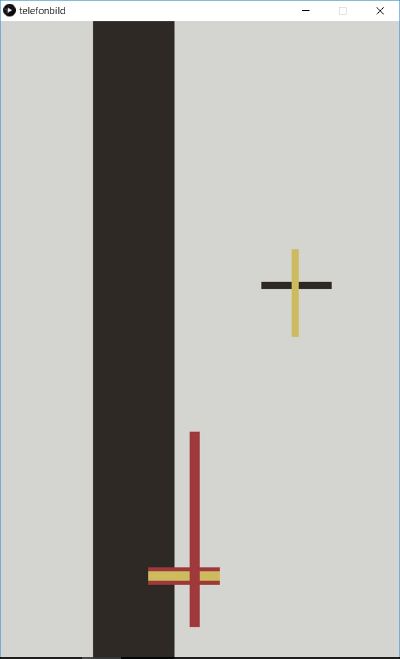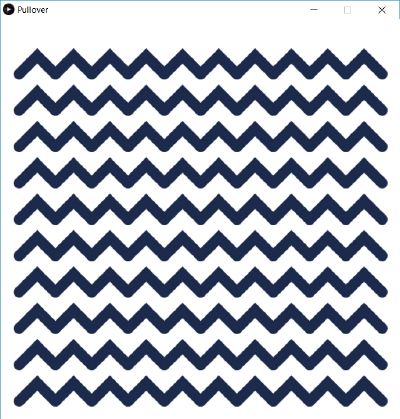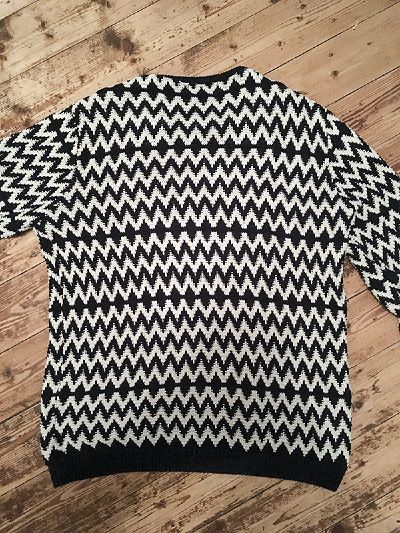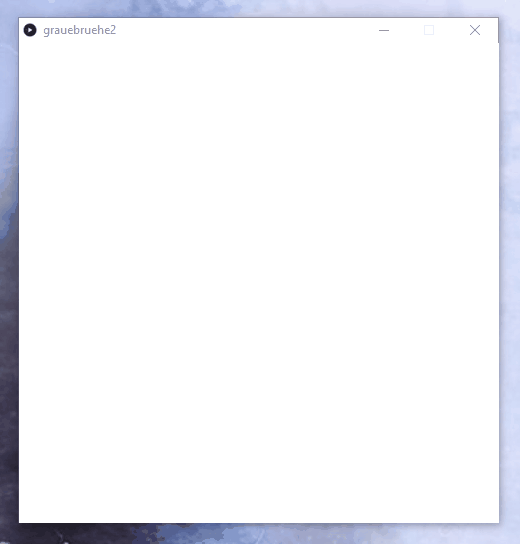blib blub.
Algorithm for Computers 1 — 02.11.18
| Result | Algorithm |
|---|---|
| incoming soon | ok cool |
Telefonbild
inspired by the idea of the "Telefonbilder" by Moholy-Nagy. See also under the "for humans" section.
Sweater Pattern
graue brühe
this is a test algorithm for my project work. i want to visualize how algorithm affects our decicions. Like when following through youtube similar videos. In the end everything gets more and more alike.
Technically speaking its an ArrayList of Objects moving around. Added at mouseClicked() event. To get nice random grey tones i set the colorMode(HSB) and left the first two values of the color object 0.
v1:
v2: this version is more dreamy/friendly. It's a nice effect, but i don't think i will be following through this route.




